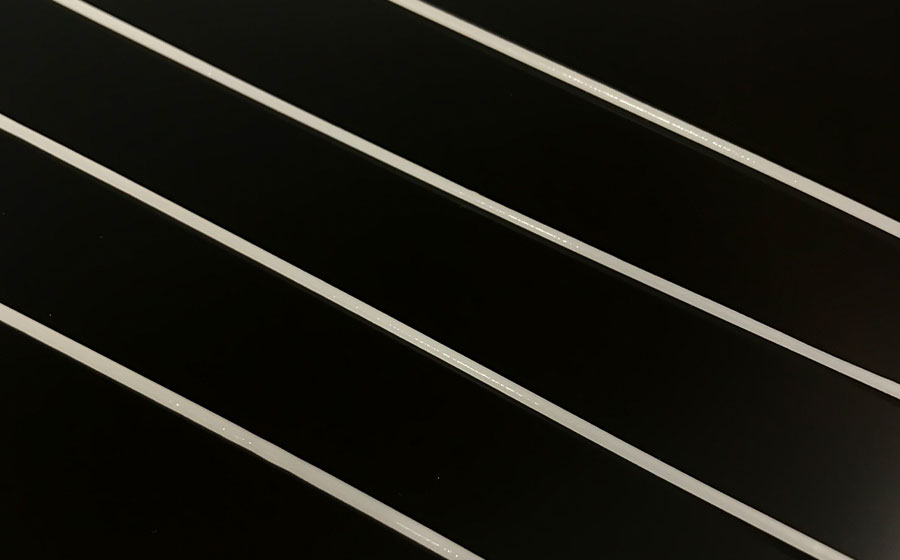The goal of the project is to build a 3D bioprinter that, together with the developed bioinks, will allow the production of 3D prints for the reconstructive treatment of urethral defects in children and adults

The main reason for undertaking research on a material to introduce such a solution in urology is the scale of the problem and the almost complete lack of implants to restore the natural urethra. Spermatorrhea is the most common defect of the genital tract in boys and occurs in 1/200 male newborns. In adults, 1/600 men require urethral surgical intervention. Among men over the age of 55, the number of potential patients is even increasing due to the commonly used endoscopic treatment of prostatic hypertrophy, which can result in narrowing of the urethral lumen. Currently, there are no materials on the market that meet the specific requirements of the urinary system for use as an “artificial” urethra.
Repair procedures in the urethral area are performed using the patient’s own tissues, for example: foreskin, penile skin, mucous membrane of the oral vestibule. Unfortunately, all of these procedures carry a high risk of complications, which can lead to i.e. the need to create a suprapubic urinary diversion. Therefore, it is extremely important to develop a material that could be used in this type of repair procedure. This would, in the future, provide an opportunity to produce more complex organs, i.e., a ureter or bladder.
In parallel with the work related to the development of new materials, efforts are underway to build a multi-head 3D bioprinter, which makes it possible to produce a urethra composed of three different sheaths during a single process. Each sheath is a different material performing a well-defined function, both biological and mechanical.
The final product will give doctors new possibilities in the future for treating urethral defects and injuries. The amount of material needed for the reconstruction of the urethra will then be unlimited, which is currently a very big problem in the surgical techniques in use when taking native material (from the patient). The internal structure of the urethra will prevent the bacterial film that prevents the use of synthetic materials to permanently expand the lumen of the narrowed urethra.
With the new technology, patients will gain the chance for a better standard of living reducing the use of catheters or stoma bags for urine collection.
The project is being carried out in consortium with: Lodz University of Technology (Leader, team led by Dorota Bociąga, Ph.D.), Department of Pediatric Surgery and Urology of the J. Korczak Pediatric Center in Lodz (group led by Marek Krakós, Ph.D.), Warsaw University of Technology (team led by prof. Wojciech Święszkowski of the Department of Materials Engineering), Nicolaus Copernicus University in Toruń (Department of Chemistry and Department of Urology Collegium Medicum) and the Prof. Zbigniew Religa Cardiac Surgery Development Foundation in Zabrze (Bioengineering Laboratory of the Heart Prosthesis Institute). Funding for the ongoing research of more than PLN 8 million was granted by the National Center for Research and Development under the TECHMATSTRATEG program. The project is divided into two phases: the research phase (comprising 7 tasks) and the implementation preparation phase.


